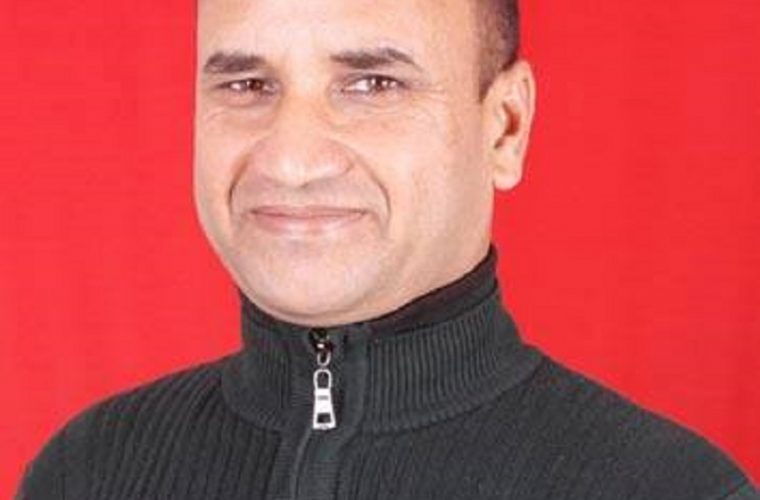Durga Prasad gautam
According to government statistics as of 2010–11, almost 25% of Nepalese are living in absolute poverty. As of December 2013, the poverty line was calculated using an annual per capita income of $225. There are disagreements regarding whether the poverty level accurately describes the basics of life. On the other hand, the Human Poverty Index reveals that 44% of Nepalese lack access to resources, basic healthcare, and education. In Nepal as everywhere, achieving sustainable human development is a highly valued and important development aim. The current poverty indices, however, raise questions about whether these objectives can realistically be accomplished by the set deadline of 2020. The intensity of poverty varies across the nation, being higher in rural mountainous areas and lower in metropolitan areas. Despite efforts to illustrate development, there is still a significant gap between inputs, processes, and outcomes. Less can be said of Nepal’s development strategies. The implementation status and results, however, provide an explanation for distinct yet depressing phenomena. Being poor entails possessing a variety of traits that limit one’s ability to be recognized, to benefit from opportunities and resources, to participate in decision-making and to influence the events that have an impact on them, and to challenge their capacity for survival. In order to achieve sustainable human development, Nepal’s development strategy must place a priority on empowering the poor, disadvantaged, and marginalized and developing their wealth assets, such as their access to education, health care, and employment.
Nepal is a country that is least developed due to its extreme poverty, ongoing inequality, and lack of access to even the most basic resources in the areas of health, education, and the economy. The stories of poverty and privation are still popular and will continue to be popular for several decades notwithstanding the recent gains Nepal has made. Numerous Asian nations have a similar situation with Nepal. With the exception of Sri Lanka, the region’s population, on average, lives below the poverty line, with certain nations having larger proportions (Figure 1).
Afghanistan, Cambodia, and Bangladesh are the countries in the region with the highest percentages of people living in poverty. Pakistan, India, Nepal, and Bhutan all have comparable levels of poverty. Bhutan’s decline, however, might be more rapid due to recent economic growth. India and Bangladesh may face long-term difficulties despite substantial economic growth due to their massive populations and pervasive inequalities. The ability of the government to ensure that the public invests in the poor households affects the decrease in poverty, even if some assessments indicate that investing 1 percent of GDP in the social sector may reduce the poverty rate in India by 0.5 percent (Anand, Tulin, & Kumar, 2014).
After the mid-1990s, Nepal has demonstrated a commitment to making human development the guiding concept of development. People’s degree of understanding and consciousness towards their rights to growth has significantly improved. A right-based approach better informs policies and programs. Implementing national pledges effectively and efficiently, however, continues to be a difficulty. The conventional bureaucratic and political organizations are still unwilling to listen to the opinions of the people and develop their capacity to the point where they can make wise decisions concerning beings and doings.
Nepal experienced a number of historically significant political and social changes. Over the past two decades, people’s lives have undergone some notable advancement. However, a huge portion of Nepalis who are slightly above the poverty line and a quarter of those who are below it are still at risk of falling into poverty if unfavorable shocks occur. Despite having one of the finest human development records in the last few decades, Nepal is unable to move up from the low to medium HDI group. The widespread poverty is one of the main reasons behind this. The low level of human development implies that people have few options for being and doing. For those who are below the poverty level, the problem is more serious. They become trapped in a downward spiral as a result.
Nepal must make significant efforts to reduce poverty in order to progress from poor human development to medium development. The government of Nepal and international development organizations should adopt policies that focus on building capacity and giving people opportunity to use it. This would encourage a thorough approach to deal with the areas of deprivation that impoverished people experience. Such a strategy and program should explicitly address the procedures and opportunities that provide people Numerous arguments could be made regarding the elements that have helped Nepal’s poverty rate decline. A few significant topics need to be examined. Whether government policy actions have contributed to the current decline in poverty is in dispute. There are few studies that clearly show how government actions contribute to a quicker reduction in poverty. Studies instead point to the importance of remittances in the fight against poverty. Decomposed analysis of poverty is necessary due of the shifting location and characteristics of poverty. This is crucial because we need to reevaluate our aims and adjust the focus of our efforts. he freedom to act and make decisions, as Sen (1999) has noted.
( principal at Arya Academy Nagarjun-4 ,Ktm)






